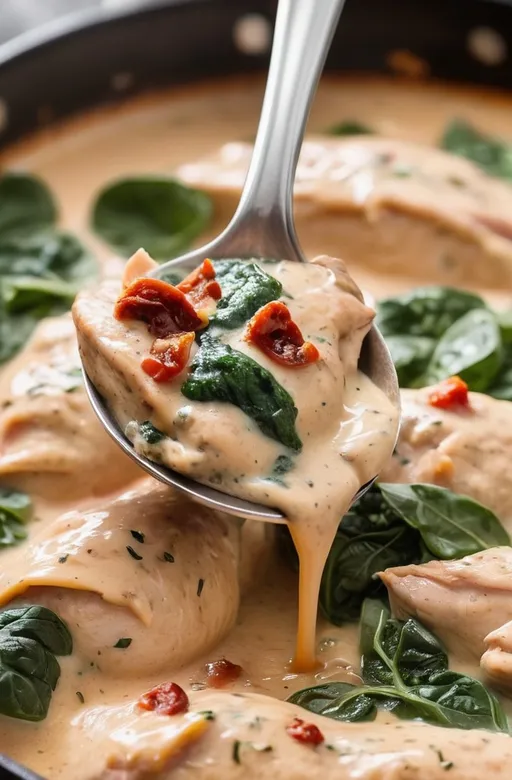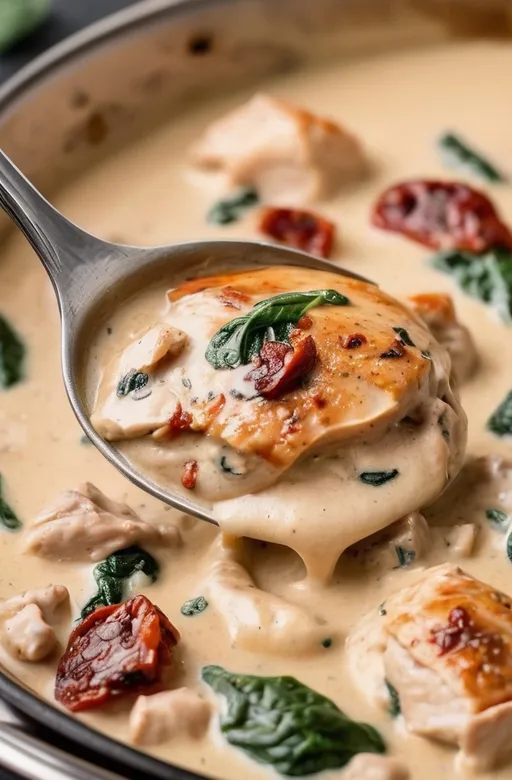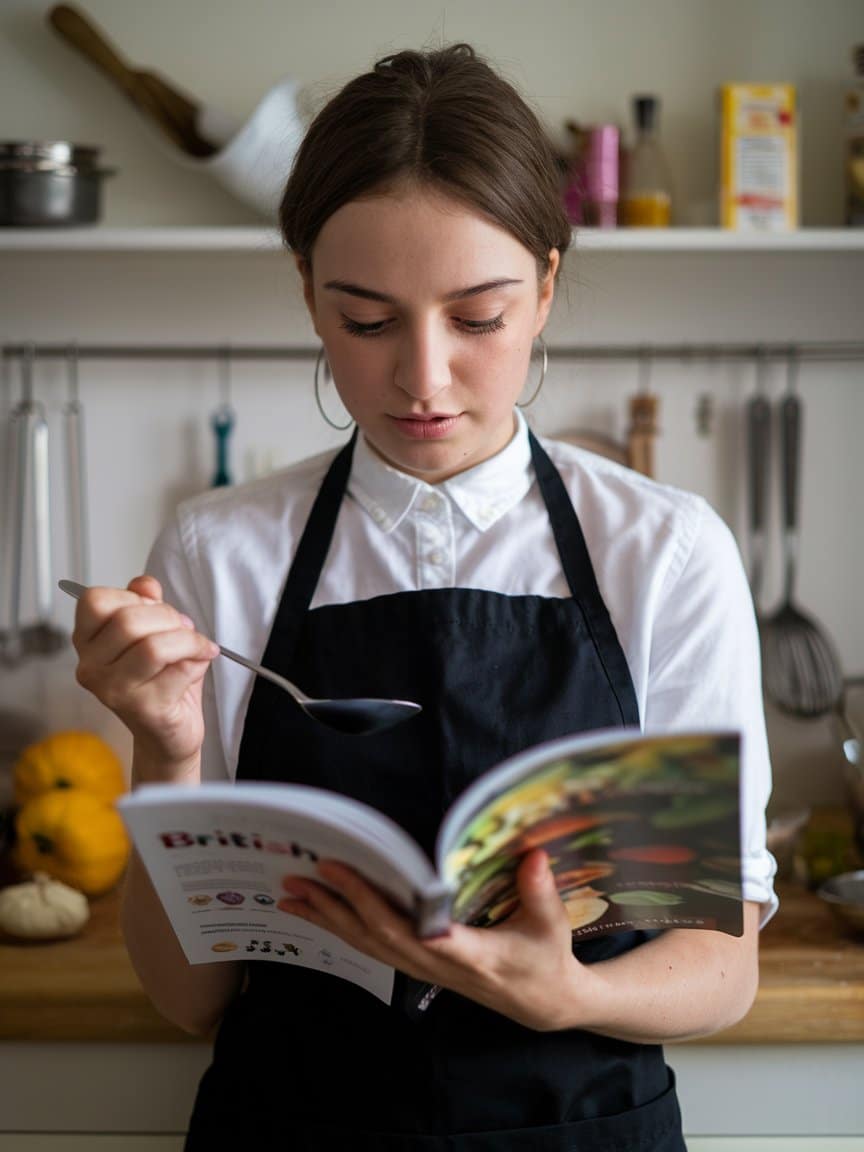It’s 5:30 PM. You’ve just gotten home from work, kicked off your shoes, and the familiar dread settles in. Your stomach growls as the question surfaces yet again: “What can I fix for dinner tonight?” We’ve all been there—staring blankly into a refrigerator that somehow contains both everything and nothing simultaneously. I once found myself so paralyzed by this decision that I ate cereal three nights in a row. Not my proudest culinary moment.
But it doesn’t have to be this way. As someone who’s spent over two decades in professional kitchens and teaching home cooks, I’ve developed a system for answering this deceptively complex question. The secret isn’t about having fancy ingredients or cheffy skills—it’s about understanding a few fundamental principles that can transform whatever you have on hand into something delicious.
Let’s break down the “what’s for dinner” dilemma into manageable parts and explore strategies that’ll have you cooking with confidence, no matter what’s in your pantry. These approches work whether you’ve planned ahead or are scrambeling last-minute.
The Foundation: Building Blocks of a Satisfying Dinner

Before diving into specific recipes, let’s establish what makes a dinner actually feel like dinner. In my experiance, a satisfying meal typically includes:
- A protein source (meat, fish, eggs, beans, tofu)
- A starchy component (grains, pasta, potatoes)
- Vegetables or fruits (fresh, frozen, or even canned in a pinch)
- Flavor enhancers (herbs, spices, condiments, fats)
The beauty of this framework is it’s flexibility. You likely have most of these components already in your kitchen, even when you think “there’s nothing to eat.” Once you start thinking in terms of these building blocks rather than rigid recipes, possibilities expand dramatically.
I’ve helped thousands of home cooks overcome dinner paralysis using this approach. The breakthrough moment usually comes when they realize they don’t need to follow someone else’s exact recipe—they just need to understand how ingredients work together.
Quick-Fire Solutions: When Time is Tight
Let’s start with the scenarios we most often face: you’re tired, hungry, and want dinner ready in 30 minutes or less. Here are some reliable strategies:

The Protein Pivot
Choose your protein first, then build around it:
Eggs: Perhaps the most versatile emergency protein. Beyond scrambled eggs or omelets, consider a frittata with whatever vegetables need using up. Roughly chop some spinach that’s about to wilt, dice that lone bell pepper, and toss in leftover roasted potatoes from yesterdays dinner. Mix with 6-8 beaten eggs, pour into an oven-safe skillet, cook until edges set, then finish under the broiler. Dinner in 15 minutes.
Rotisserie Chicken: The pre-cooked savior of weeknight meals. Shred it for tacos with whatever vegetables you can find, toss with pasta and jarred sauce, or use it to top a salad. One chicken can transform into three different meals if you’re clever about it.
Canned Beans or Lentils: Drain, rinse, and sauté with aromatic vegetables (onion, garlic, carrots), add spices that match your mood (Italian, Mexican, Indian), and serve over rice or with bread. Quick, nutritious, and endlessly adaptable.
The Stir-Fry Solution
The stir-fry is your friend when time is limited. The basic formula never fails:
- Protein cut into bite-sized pieces
- Vegetables chopped roughly the same size
- A simple sauce of soy sauce, something sweet (honey, sugar), something acidic (vinegar, citrus), and aromatics (ginger, garlic)
Heat your pan until it’s screaming hot, cook ingredients in order of density (meat first, then hard vegetables, then soft), add sauce at the end, and serve over rice or noodles. Total time: under 20 minutes. I’ve pulled this off countless times when facing an “empty” fridge—even that slightly soft bell pepper and quarter onion can form the basis of something delicious.
The Pasta Principle
Pasta is dinner’s most reliable canvas. While water boils and pasta cooks, you’ve got 9-11 minutes to create a sauce from almost anything:
Canned Tomatoes + Garlic + Olive Oil: Classic marinara in minutes Olive Oil + Lemon + Parmesan + Black Pepper: Simple cacio e pepe Butter + Whatever Vegetables Need Using: Primavera-style
Add any protein you have on hand—even deli meat can work in a pinch. I once made a surprisingly delicious pasta by crisping up some chopped salami, adding frozen peas, and finishing with a glug of cream and grated parmesan. My Italian grandmother might not approve, but it was on the table in 15 minutes.
Planned-Ahead Heroes: Make Once, Eat Twice
With just a little weekend planning, you can set yourself up for easier weeknight dinners. These are my go-to strategies for reducing that daily decision fatigue:

Batch-Cooked Grains and Proteins
Spend an hour on Sunday cooking a pot of rice, quinoa, or farro, plus a tray of roasted chicken thighs or a big batch of beans. Refrigerate or freeze in portions, then mix and match throughout the week:
- Monday: Rice bowl with sliced chicken, avocado, and whatever vegetables need using
- Tuesday: Grain salad with beans, roasted vegetables, and a simple vinaigrette
- Wednesday: Fried rice with chopped chicken and frozen vegetables
I’ve been doin this for years, and it consistently saves me from ordering takeout on busy weeknights. The key is keeping the base preparations simple—just salt and pepper on the chicken, plain rice—so they can take on different flavor profiles throughout the week.
Soup Strategy
A large pot of soup on Sunday can become at least two dinners and several lunches. Start with a versatile base like chicken or vegetable soup, then transform it mid-week:
- Add cooked pasta and beans for minestrone
- Blend half with coconut milk for a creamy variation
- Add different toppings each night (fresh herbs, croutons, a dollop of yogurt)
My go-to “blank canvas” soup starts with sautéed onions, carrots, and celery, vegetable or chicken broth, and whatever hardy vegetables I have. I’ll often keep half the batch basic, then divide the rest to experiment with different flavor directions.
Pantry Power Moves: When the Fridge is Bare
Even when your refrigerator looks empty, your pantry and freezer likely hold dinner potential. These shelf-stable combinations have saved me countless times:

Bean and Tomato Magic
One can of beans + one can of tomatoes = dinner possibilities:
Quick Chili: Add chili powder, cumin, oregano to pinto or black beans and diced tomatoes. Simmer for 15 minutes. Top with anything crunchy (crushed tortilla chips, crackers) and anything creamy (sour cream, yogurt, or even a slice of melting cheese).
Tuscan Bean Stew: White beans + tomatoes + dried herbs + olive oil. Serve with toast rubbed with garlic for an almost-instant ribollita-style dinner.
Tuna Transformation
Canned tuna goes way beyond the sandwich:
Mediterranean Tuna Bowls: Mix with white beans, olive oil, lemon juice, and whatever fresh or jarred vegetables you have (roasted red peppers, artichoke hearts, olives).
Tuna Pasta: Sauté garlic in olive oil, add tuna, capers if you have them, lemon zest, and red pepper flakes. Toss with pasta and top with breadcrumbs toasted in olive oil for texture.
These pantry meals have gotten me through snowstorms, late workdays, and those times when I’ve completely neglected grocery shopping. They’re proof that “there’s nothing to eat” is usually just a perspective problem.
The Breakfast-for-Dinner Revolution
When all else fails, breakfast foods make perfectly legitimate dinners. In fact, they’re often faster and more satisfying than traditional dinner fare:

Savory Oatmeal: Cook with broth instead of water, top with a fried egg, sautéed greens, and hot sauce Dinner Pancakes: Add grated vegetables to the batter, top with yogurt and a quick sauté of whatever protein you have Fancy Toast: Good bread topped with literally anything can become dinner—white beans mashed with olive oil and herbs, or scrambled eggs with wilted greens
I’ve served breakfast for dinner to dinner party guests before, and it’s always met with delight rather than disappointment. There’s something wonderfully comforting about these familiar foods at the end of a long day.
Flavor Boosters: Making “Meh” Magnificent
Sometimes the difference between a disappointing dinner and a delicious one comes down to having a few flavor boosters on hand. These are my non-negotiable ingredients that can elevate almost any thrown-together meal:
Acid Brighteners
A splash of something acidic wakes up any dish that feels flat:
- Lemon or lime juice
- Various vinegars (balsamic, rice, apple cider)
- Pickled anything
Umami Bombs
These ingredients add instant depth:
- Parmesan rinds (keep them in the freezer to drop into soups and sauces)
- Soy sauce or fish sauce (just a few drops can transform a Western dish)
- Anchovies or anchovy paste (they dissolve into sauces without tasting “fishy”)
- Mushroom powder (made from dried mushrooms blitzed in a spice grinder)
Texture Enhancers
Don’t forget the importance of contrast:
- Seeds and nuts (toast them while other components cook)
- Breadcrumbs tossed with olive oil and herbs
- Even crushed potato chips can add necessary crunch
I’ve rescued countless borderline boring dinners with these little touches. That plain pasta with jarred sauce? Transformed with a sprinkle of toasted breadcrumbs, a grating of lemon zest, and a drizzle of your best olive oil.
Cultural Templates: Global Inspiration for Everyday Ingredients
When looking for dinner ideas, thinking in terms of cultural frameworks can provide instant direction. Here are some adaptable templates from various cuisines:

Mediterranean Bowl Formula
Base: Grains or greens Protein: Chicken, fish, beans, or halloumi Vegetables: Whatever’s available, roasted or fresh Sauce: Yogurt-based or tahini dressing Extras: Olives, feta, herbs
Asian Noodle Template
Base: Any noodle (ramen, rice noodles, even spaghetti) Protein: Any protein, sliced thin Vegetables: Whatever you have, cut for quick cooking Sauce: Soy sauce + something sweet + something tangy Finish: Herbs, green onions, sesame seeds
Tex-Mex Framework
Base: Tortillas or rice Protein: Beans, ground meat, shredded chicken Vegetables: Peppers, onions, corn, tomatoes Toppings: Whatever’s in the fridge—cheese, avocado, salsa Finish: Cilantro, lime, hot sauce
These templates work with virtually any ingredients. The familer flavor combinations provide a roadmap even when you’re cooking without a specific recipe. I’ve used the Mediterranean bowl formula with ingredients as diverse as leftover steak, canned chickpeas, and even firm tofu—all delicious when combined with the right accompaniments.
Conclusion: From Dinner Dread to Dinner Confidence
The “what’s for dinner” question doesn’t have to fill you with dread. By understanding basic cooking frameworks rather than relying on specific recipes, you gain the confidence to work with whatever ingredients you have on hand.
Remember these key principles:
- Think in terms of components rather than complete dishes
- Master a few flexible techniques rather than memorizing recipes
- Keep a well-stocked pantry of flavor boosters
- Don’t be afraid to mix and match cultural inspirations
The best cooks I know rarely follow recipes exactly. They understand how ingredients work together and how to adapt on the fly. With practice, you’ll develop this same instinct—opening your refrigerator and seeing possibilities rather than limitations.
So next time you’re staring into that refrigerator at 5:30 PM, remember: dinner is already in there. You just need to connect the dots.
FAQs
How do I make dinner when I have zero fresh ingredients?
Pantry and freezer meals are your friend here. Combining canned beans with canned tomatoes, adding dried herbs and spices, and serving with pasta or rice makes a complete meal. Frozen vegetables retain most nutrients and cook quickly. Even something as simple as pasta tossed with olive oil, garlic powder, and canned tuna can make a satisfying dinner.
What’s the minimum equipment I need to make decent dinners?
You can create countless meals with just a sharp knife, a cutting board, one good non-stick pan, and one pot. As you cook more, consider adding a cast iron skillet (great for everything from cornbread to frittatas) and a dutch oven (perfect for soups and stews). Specialized gadgets are nice but unnecessary for everyday cooking.
How can I avoid wasting food when cooking for just myself?
Plan for intentional leftovers rather than scaled-down recipes. Cook full recipes, then repurpose components creatively throughout the week. That roast chicken becomes chicken salad, then chicken soup. Freeze individual portions of soups, stews, and casseroles. Buy vegetables from the salad bar when you need just small amounts for recipes.
What should I always keep stocked for emergency dinners?
My non-negotiable pantry items include: pasta, rice, canned beans, canned tomatoes, tuna, olive oil, soy sauce, and a good selection of dried herbs and spices. In the freezer: frozen vegetables (especially peas, corn, and spinach), bread (great for emergency garlic bread), and portion-sized proteins like chicken thighs or fish fillets. With these basics, dinner is always possible.
How do I break out of my dinner rut when I keep making the same few dishes?
Choose one new recipe to try each week, preferably something that teaches you a technique rather than just a specific dish. For example, learning to properly sear protein can apply to chicken, fish, or tofu. Follow food content from different cultures to expand your flavor vocabulary. Consider a “theme night” like Meatless Monday or Taco Tuesday to provide structure while encouraging variety.

Veronica is a passionate food enthusiast with over three years of experience in exploring and writing about diverse cuisines. Her expertise lies in reviewing restaurants, sharing creative recipes, and discovering the latest food trends. As the voice behind FoodieRecap.com, Anju brings fresh perspectives and culinary insights to her audience.
